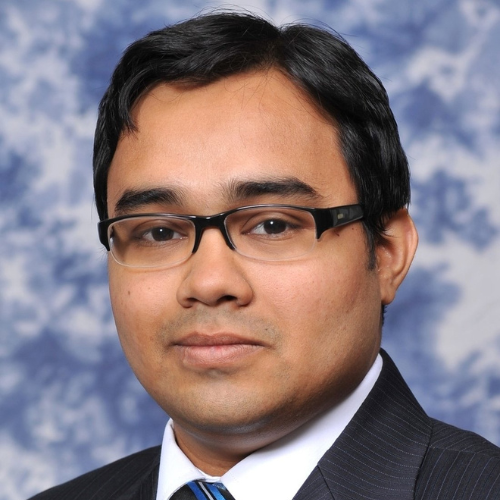Dr. Tashnim Chowdhury

Professor
Computer and Data ScienceDr. Tashnim Chowdhury is a Professor in the Department of Computer Science at Capitol Technology University. He has a Ph.D. in Information Systems (AI and Machine Learning) from University of Maryland Baltimore County and a Master's in Electrical Engineering from the University of Toledo.
Dr. Chowdhury has more than 3 years of industry experience which includes working as a Machine Learning Engineer and a Software Engineer at several well-known organizations such as Comcast, Intel, and Fluence Automation. He also has extensive research experience in Machine Learning, Deep Learning, Computer Vision, Natural Language Processing, and Large Language Models. He has experience in advising students as well.
Areas of Expertise:
- Machine Learning
- Deep Learning
- Computer Vision
- Natural Language Processing
- Supervised and Semi-Supervised Learning
- Generative AI
- Large Language Models
Biography:
Education
Ph.D., Information Systems (AI and Machine Learning), University of Maryland Baltimore County
M.S, Electrical Engineering, University of Toledo
B.S., Electrical and Electronics Engineering, Chittagong University of Engineering and Technology
Selected Research and Publications
Tashnim Chowdhury, et al. "Advances on localization techniques for wireless sensor networks: A survey." Computer Networks 110 (2016): 284-305.
Tashnim Chowdhury, and Maryam Rahnemoonfar. "Self attention based semantic segmentation on a natural disaster dataset." 2021 IEEE International Conference on Image Processing (ICIP). IEEE, 2021.
Tashnim Chowdhury, and Maryam Rahnemoonfar. "Attention for damage assessment." ICML 2021, Workshop on Tackling Climate Change with Machine Learning. 2021.
Maryam Rahnemoonfar, Tashnim Chowdhury, et al. "Floodnet: A high resolution aerial imagery dataset for post flood scene understanding." IEEE Access 9 (2021): 89644-89654.
Maryam Rahnemoonfar, Tashnim Chowdhury, and Robin Murphy. "RescueNet: a high resolution UAV semantic segmentation dataset for natural disaster damage assessment." Scientific data 10.1 (2023): 913.
Professional website, blog, social media handles


